I've been shooting sports photography for 30 years. Based in Japan, I have travelled to many places, both domestic and international, where there are sports or sport events.
I like shooting major sporting events - especially track and field, swimming, gymnastics and soccer. With track and field, gymnastics and swimming, I am fascinated by how these athletes perform each of their sports just with their own bodies. It is amazing that you can see their muscles moving. On the other hand, with soccer, it's not so much the game itself but more of the things behind it, including the soccer culture, that I really enjoy capturing.
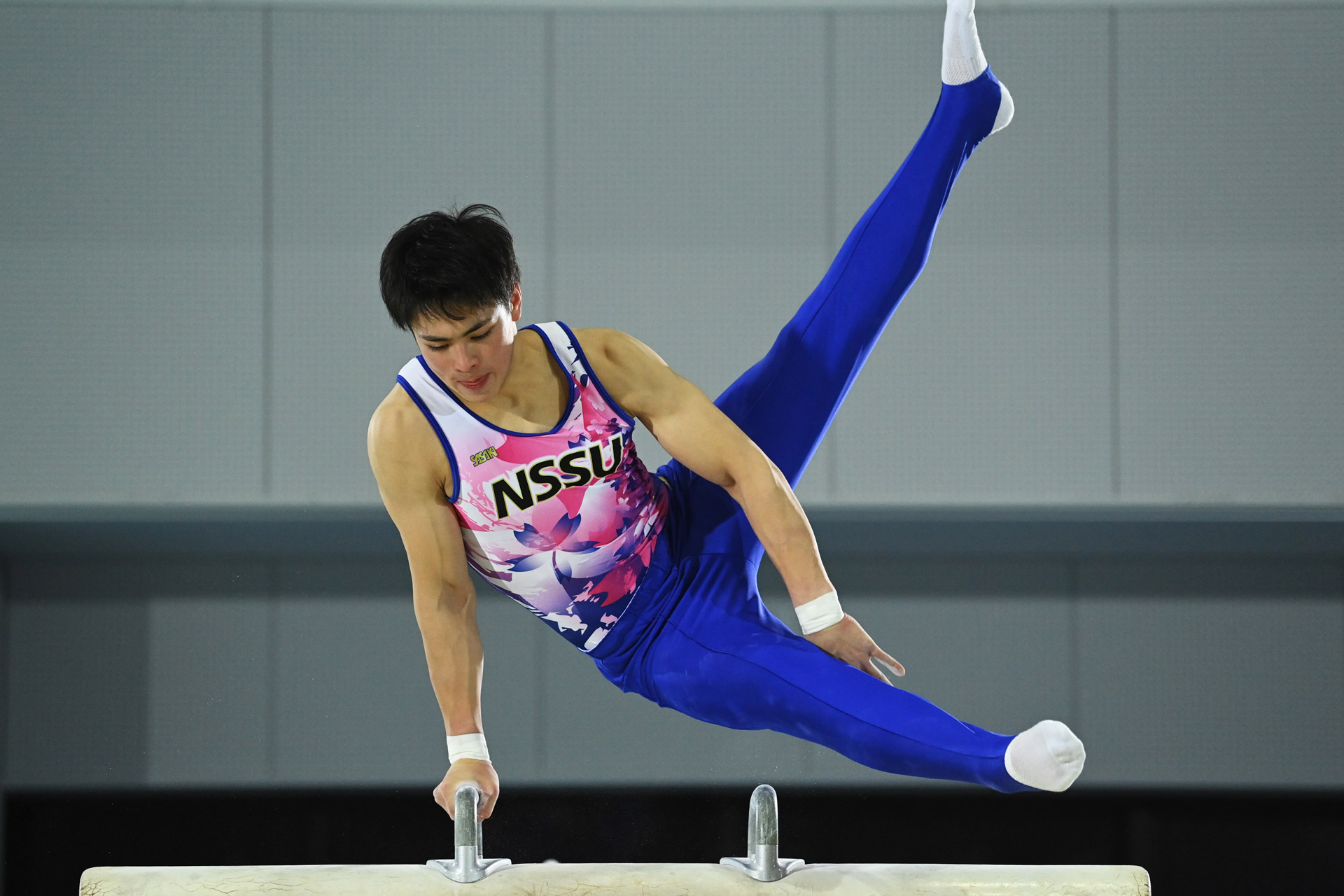
Shooting at all kinds of sports events, there is definitely a connection between athletes and the photographer. As I believe there is more to it than just following the events, I sometimes do an interview shoot before the tournament and give my photos to the athletes if they like them after the event. However, in the end, I try not to become too friendly with the athletes. This is because I want to be able to freely shoot even when they are not satisfied with their performance. If I become too close to the athletes, I might not be able to capture those moments even if I wanted to, as they can request me not to take photos of them. In that sense, I believe it is important to keep a certain distance from them.
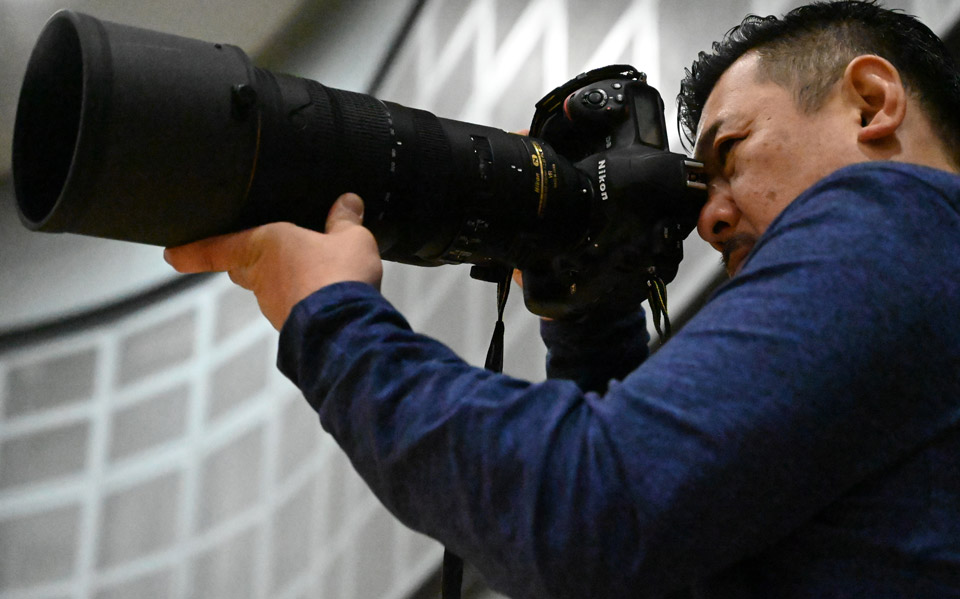
There are good photos, bad photos or photos that just get attention in sports photography. I always try to shoot images that will be engraved in people's minds and get people talking about the time of the event.
For example, in 2008 while shooting men’s 100m in Beijing, I went all the way up to the top of the stands to take a picture that shows how fast Usain Bolt was. I wanted to capture the big lead he had over the other sprinters when he finished at the goal. This is not easy to capture on the ground level facing front to the finish line. However, when capturing wide from high above, you can see that Bolt is running ahead by a large margin while others are chasing him desperately. In this way, I tried to show a side of Bolt that I found attractive.
I believe sports art is an extension of journalism. In that sense, we need variations in our photos, but at the same time it's not just about setting a remote control or shooting from bird's eye view. Pictures need to convey the result whether good, bad or how amazing the athlete is. There is no future in sports photography if photographers cannot depict that variance in their photos.
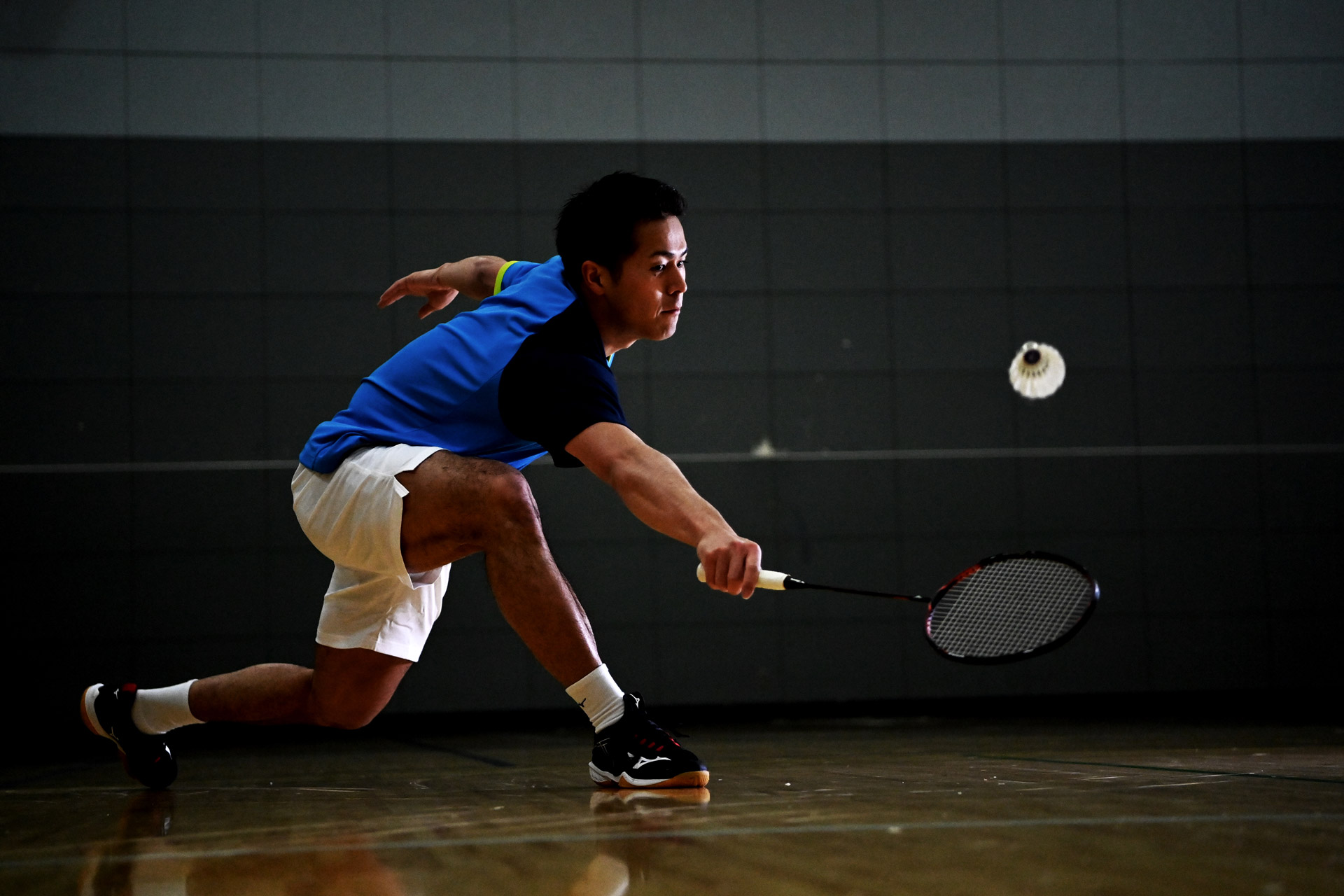
The first reason why I use auto-area AF is that it helps me to compose. I can fully rely on the camera for autofocusing and framing as I like - taking a huge load off my shoulders. When developing a composition, I first think about where to place the subject and then how to make the background or create a space there. When I'm shooting for magazines, I need to consider whether to shift the image to right or left so that they have a space for text insertion and auto-area AF helps me achieve this easily.
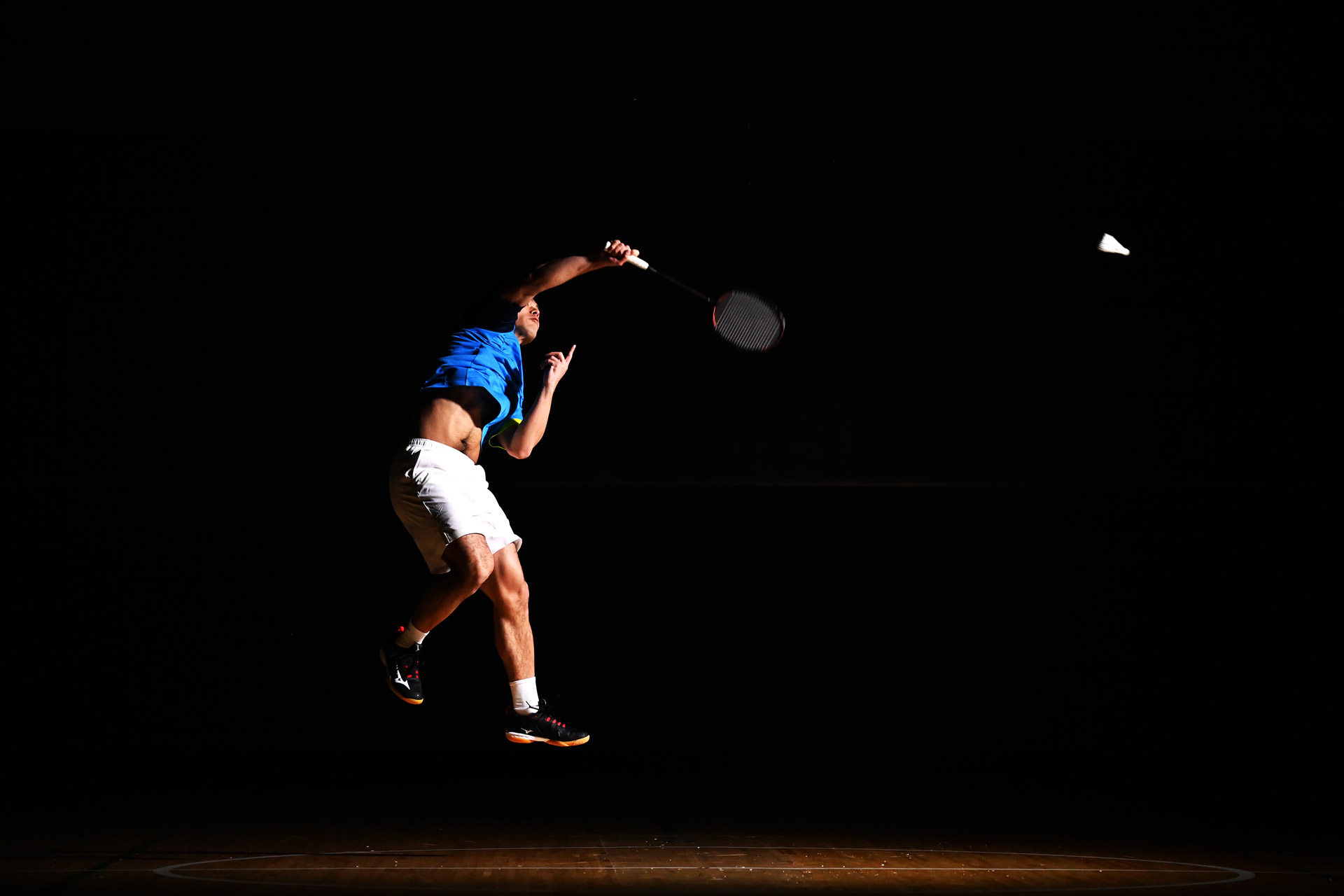
Because the D5 did not have a function like the D6's focus starting position setting, I always had to point my lens towards the subject when shooting sports. It was hard to grab the athlete smoothly as the auto-area AF would focus on the floor when the athlete was still in low magnification. But the new D6 lets you set where to activate auto-area AF, allowing you to capture a subject that suddenly appears within the frame by setting this focus starting point at an intended position. Once it grabs the subject by detecting the face or the color, it maintains the focus even if you swing your camera and lens around. This allows you to shoot with auto-area AF in confidence, while reducing the number of unintended shots.
During a shoot of gymnastics using a vault, I used the focus starting point setting of auto-area AF with a plan to capture the moment just when he leapt off from the vault. Auto-area AF's focus starting point helps me to see and track the subject clearer and easier than the 9-point or 25-point dynamic-area AF. With the conventional D5, you could see when the athlete started their approach, took off from the springboard, and then right when he put his hand on the vault you would try to focus - but it would pick up the vault or the floor during the approach.
It is easier to shoot this kind of image now with the new focus starting point function, as you can set the focus right where the gymnast will place his hand on the vault beforehand and half-press the shutter-release button when he takes off the springboard while seeing this through the viewfinder.
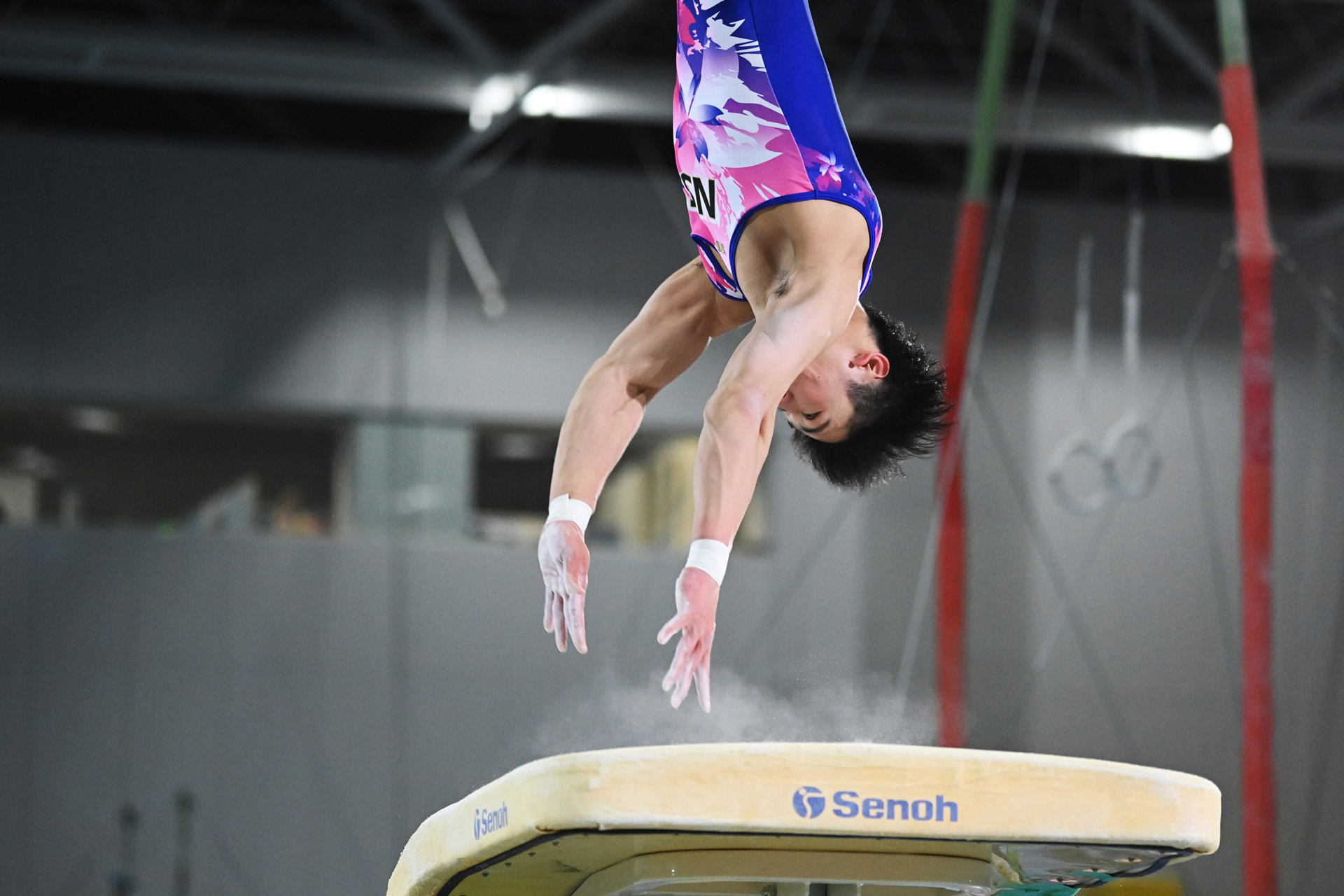
I used the custom settings of group-area AF when shooting pommel horse event in gymnastics during this shoot. As it allows you to set the focus points of group-area AF in your preferred size, I used a 3×5 focus point arrangement. I used the custom group-area AF because I didn't want the focus to be on the pommel horse nor on the legs or hands of the gymnast, I wanted to keep my focus right on his face. By using the group-area AF's custom setting together with the AF lock-on setting at level 5, I could keep my focus on the face of an athlete even if his hands or legs crossed in front of him.
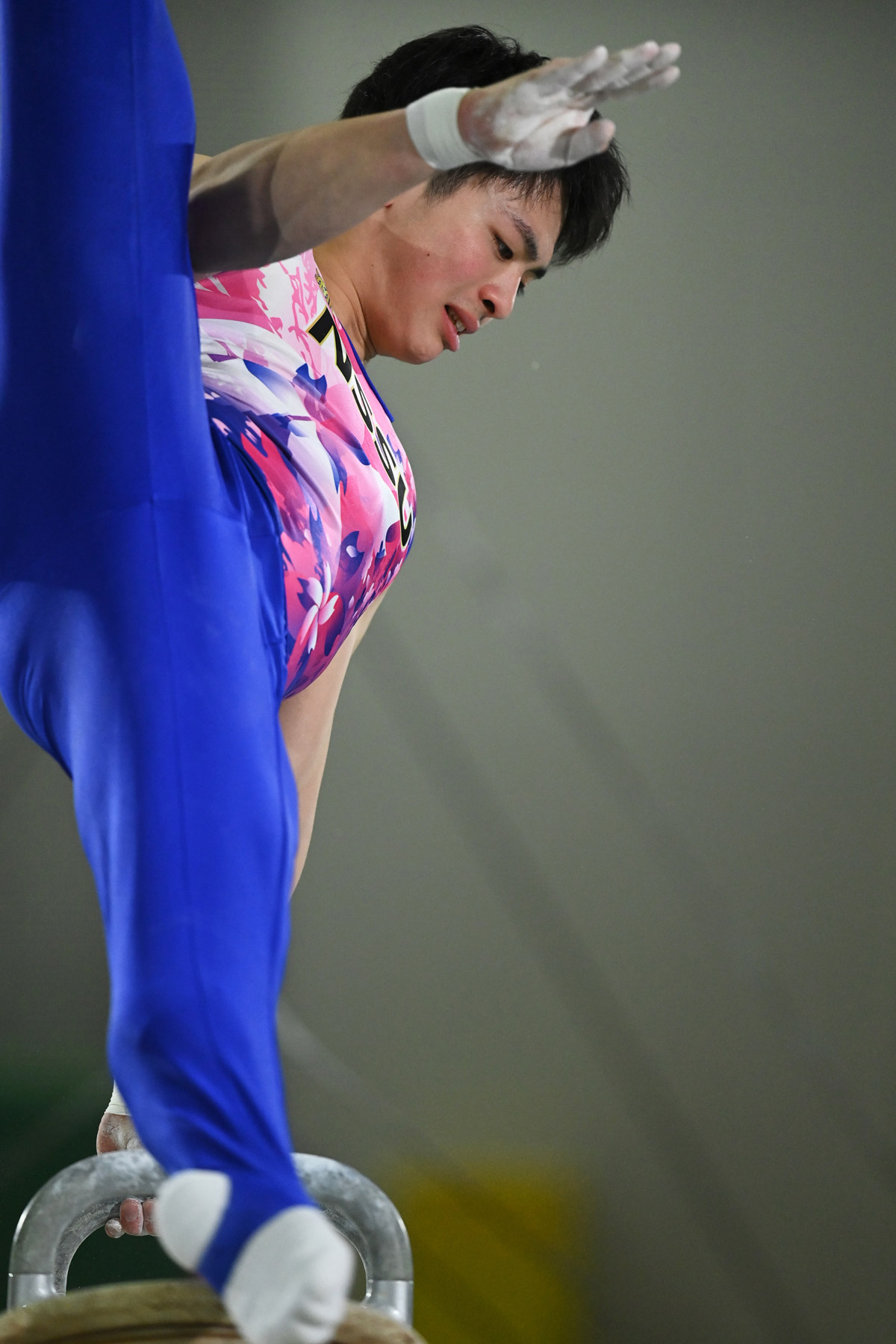
I use the group-area AF's custom setting quite often. I use it depending on the scene or type of sports. For example, when shooting the finish of 100 m sprint, I set the AF points in a single horizontal line to capture the top athlete. With the D6, you can set the width of this line into 3 rows or more, which enables me to shoot the athlete in the lead without letting the focus slip to the background.
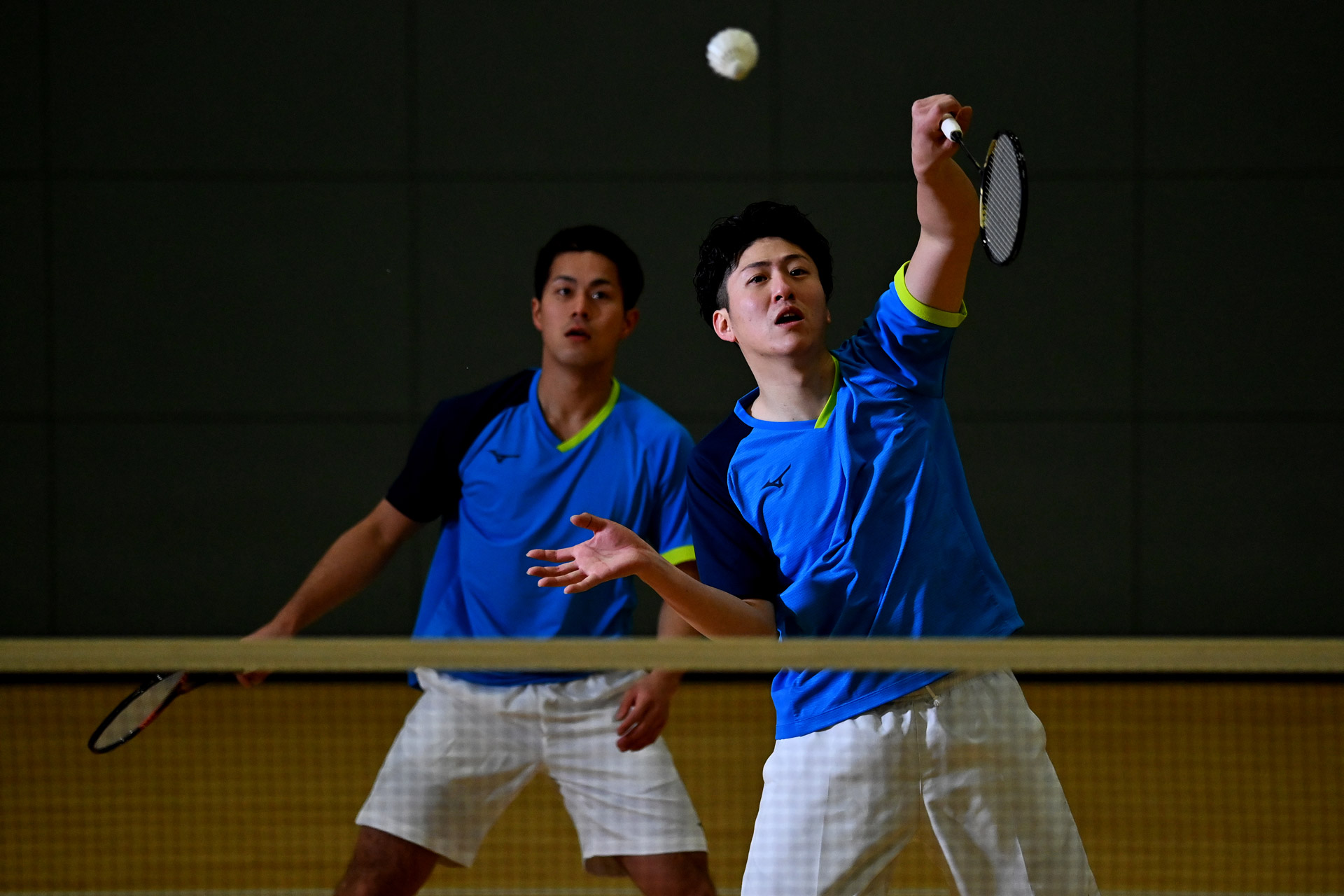
When shooting floor exercises in gymnastics from a bird's eye view with 9-point or 25-point dynamic-area AF, the focus tends to go to the floor when the athlete spins in the air. However, with the 3D-tracking, once you let it detect the color or face of the subject by half-pressing the shutter release button, it automatically continues to focus on the subject and it is easier to create a composition.
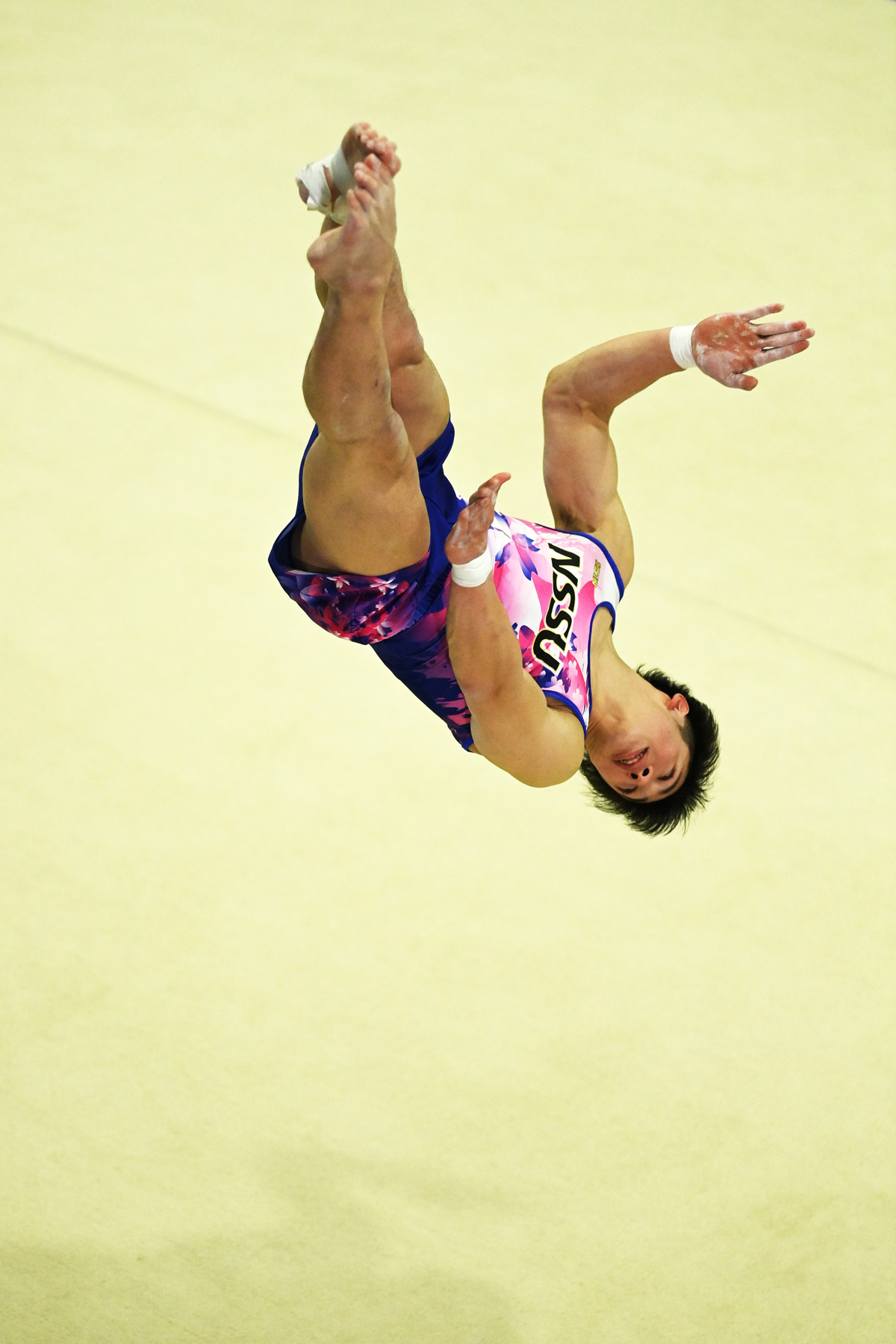
With these kind of benefits from the 3D-tracking performance, other photographers should really try using this effective AF mode when shooting ice skating, swimming or any other sports from bird's eye view. This is definitely a helpful AF mode for photographers who have an eye for composition. There are still a lot of photographers who avoid using it without even trying this function. This will be very effective for those who want to create images other than having the subject centered.
What I like most is Nikon's lenses. No other brand delivers the sharpness of NIKKOR lenses and its rendering performance is amazing. When there is sharp focus on a subject's eye, it looks like it's got an extra sparkle - that's how sharp I feel NIKKOR lenses are. The AF-S NIKKOR 70-200mm f/2.8E FL ED VR's rendering performance is so amazing, you wouldn't believe it is a zoom lens. When I shot a gymnast as he puts magnesium carbonate powder on his hands, the detailed rendering of the powder and the lines of his palms was superb.

I shot these images in the corner of a gymnasium where it was 1 EV darker. Even shooting in scenes like this with high ISO, the D6 was able to depict the small details beautifully and this is very helpful for me.
The zoom of the new AF-S NIKKOR 120-300mm f/2.8E FL ED SR VR allows me to easily capture subjects in scenes where my position or movement is limited, such as in a gymnastics venue. Also, the f/2.8 aperture is extremely convenient for indoor scenes that are quite dark.
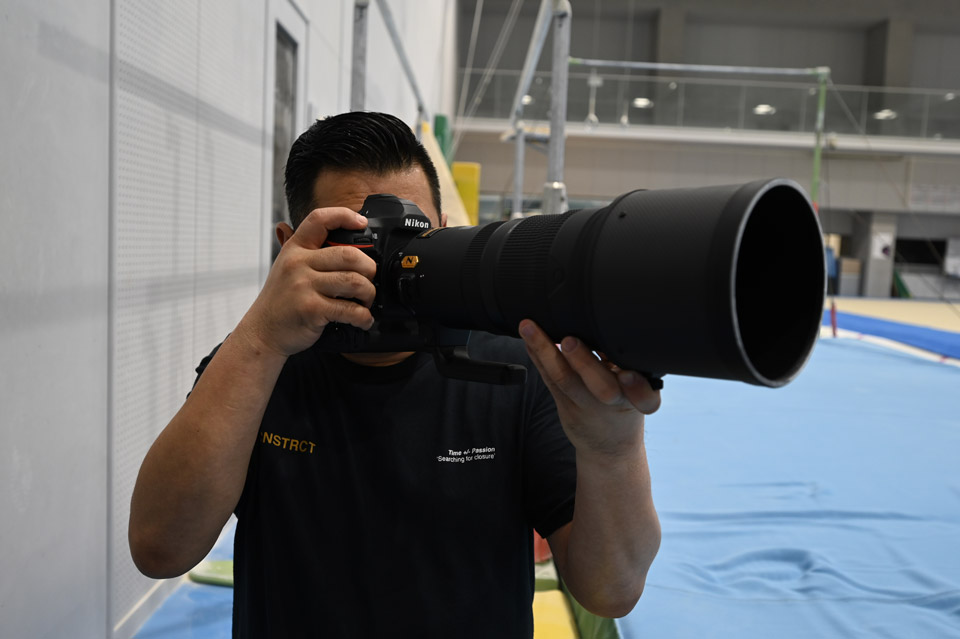
Because of the nature of my work, I travel all over the world and in all kinds of climate. In 2019, I went to Doha, Qatar to shoot the World Championships in Athletics. Doha was relentless with its temperature up to 40°C and humidity from 80%-90%. Even in that condition, Nikon cameras kept on working and never failed to impress me. In contrast, last winter I was shooting alpine skiing in Japan in the snow with a temperature of -15°C. The temperature difference was about 55°C lower compared to Doha. But Nikon gear kept on working without a problem whether it's hot or cold. In that sense, Nikon gear is much stronger compared to humans. I plan to stay healthy, not to let my cameras outlive me, and hope to continue taking amazing pictures together with them.
Since Nikon upgraded from the D5 to the D6, its operability and ease of use remain as good as the predecessors. Because Nikon cameras are very customizable, I can freely assign functions that I want to various buttons, and operations like this are already simple and smooth. This enables me to rely on the camera in sports scenes where there is no time to spare.
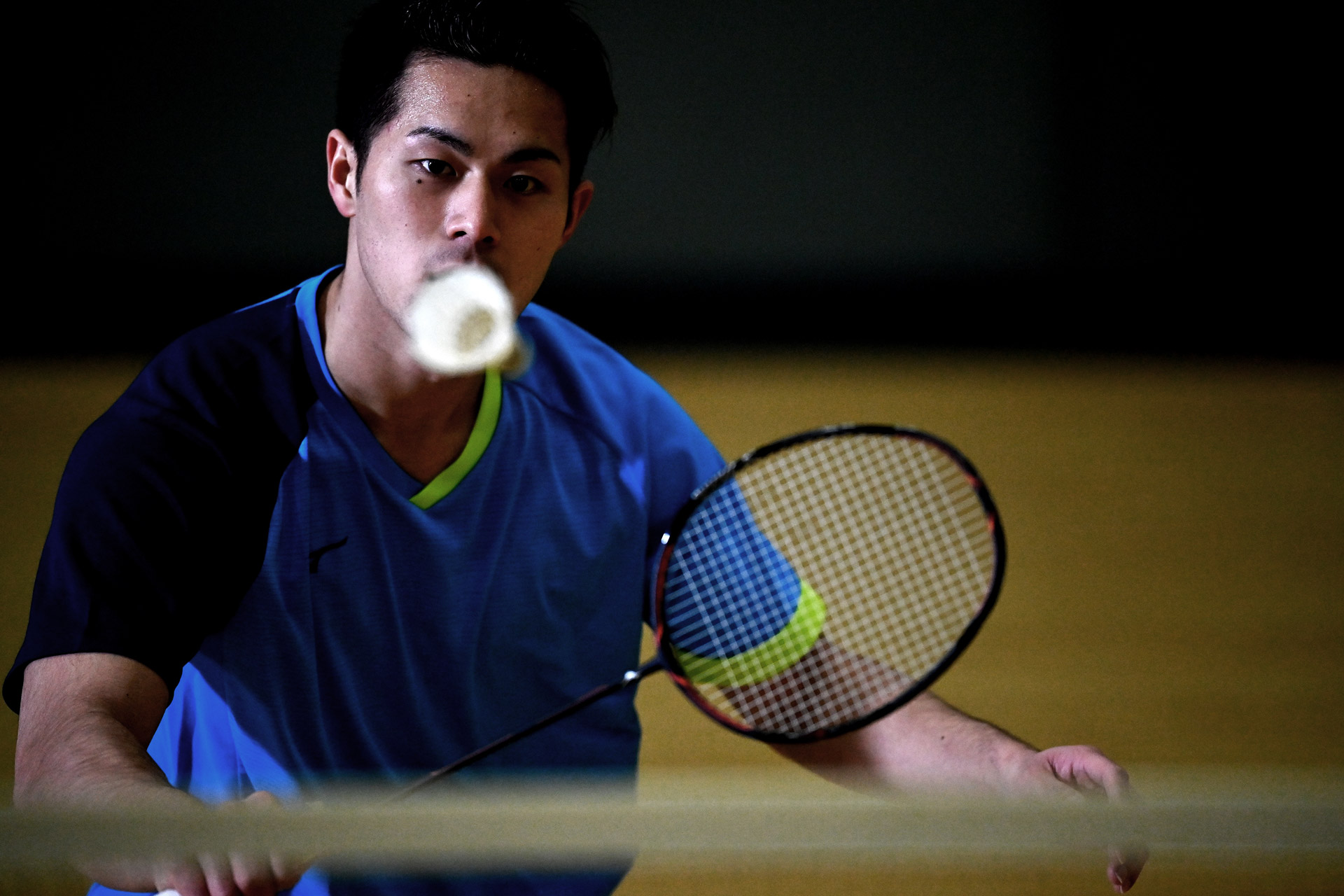
When shooting with Nikon gear, it feels like there is a sense of unity between the body and the lens. Other brands' models sometimes release the shutter but don't focus accurately. It is very important that there's no discrepancy of movement between the camera and myself, as capturing the moment with full detail is vital in sports photography.
With the D6, the frame rate has increased to 14 fps and the viewfinder blackout time has been minimized. I think the viewfinder visibility is largely improved. It is now easier to track athletes as I can clearly see their movements, faces, and facial expressions are easier to see even during continuous shooting. I can feel the athletes close to me and concentrate better on shooting. This gives me more room to pay attention to other things. With all these improvements, I am looking forward to using the D6 more.
The capability to focus on a precise spot, capture that moment, and produce images in a way exactly how you imagined are the most important requirements considered when I evaluate professional gear. As a professional sports photographer, we go to venues to take photos. But it is the moment when I find a great subject and am able to shoot an amazing image that I feel I was successful and rewarded in my job.
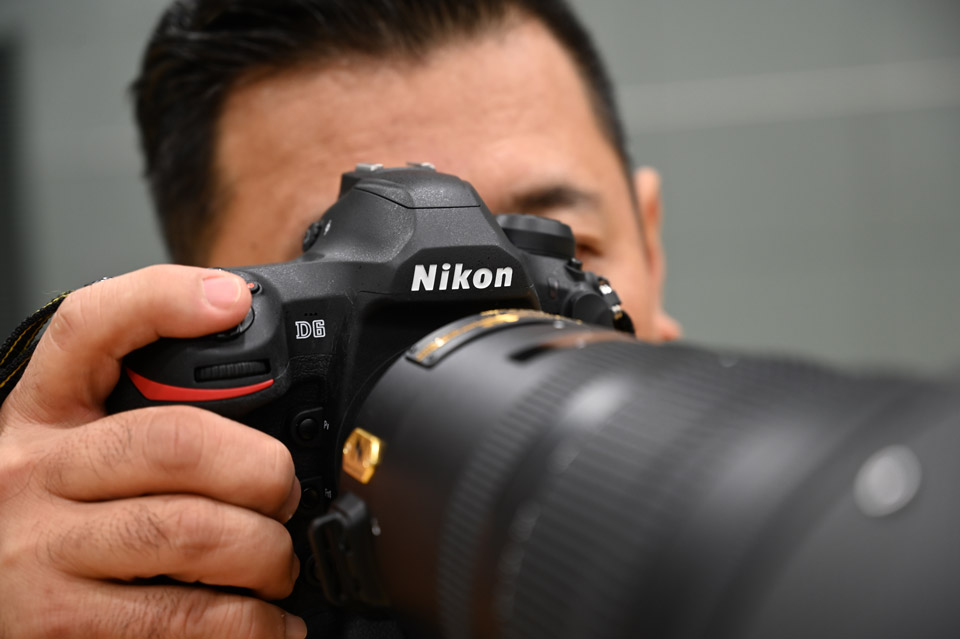
Tsutomu Kishimoto is a professional sports photographer based in Tokyo, Japan. Tsutomu has been shooting various sports events as a staff photographer for over 10 years. He has covered thirteen Olympic games for summer and winter, and seven FIFA World Cup events. See more of Tsutomu's work on his Instagram:
https://www.instagram.com/picsport_japan/